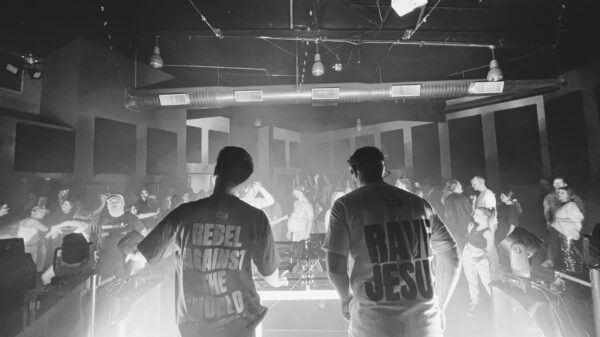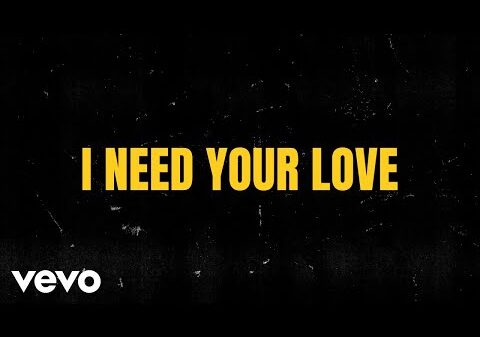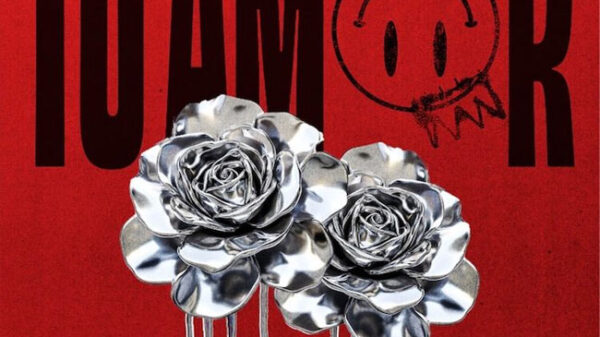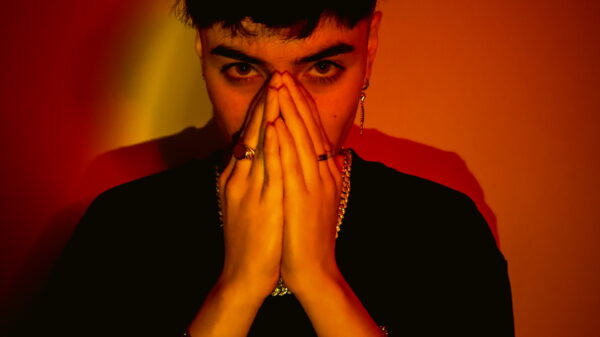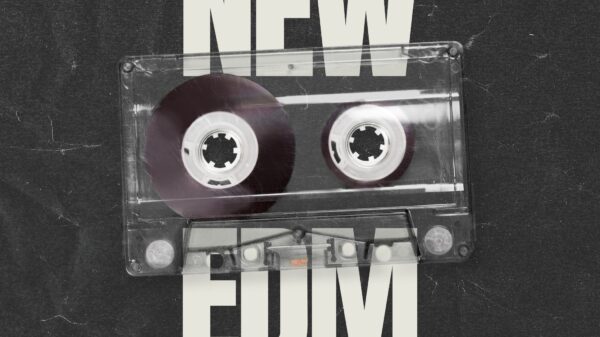Union Park in Chicago, Illinois opened its gate to the masses on a hot and muggy Friday afternoon for 2013's Pitchfork Music Festival. Since its initial inception a few years back as Intonation, Pitchfork (both the review and news website that organizes and curates the fest, and the fest itself) has grown immensely and unpredictably. Partially due to the way new media has exploded and also due to what must be the result of great foresight, strategy, quality writing and everything else that makes Pitchfork the taste-maker it has become.
This year, Pitchfork‘s lineup was constituted by many veterans of the festival as well as plenty of newcomers. The first day of the festival was a big bowl of great artists to check out.
Mac DeMarco and his backing band breezed through their set nonchalantly, dipping into DeMarco's back past 2 into 2010's Rock and Roll Night Club. The crowd, rather still for the beginning of the performance, was quickly won over by DeMarco's off-kilter pop songs and banter. I had seen video of DeMarco performing live before and was dreading a finale that might include dad-rock staple “Takin' Care of Business”, but the classic rock medley at the end of the set turned out to be perfect. The back-washed rock n' roll medley had DeMarco and his band swinging their way through BTO and Metallica. DeMarco's song are easy to approach partially because of their seemingly lackadaisical attitude, and what better way to end a set than by sharing a concentrated form of that with the crowd?
Angel Olson
Olson's songs, when listened to with Headphones or in a room with big, bright speakers, are ethereal and earthy. Her voice hearkens back to an era of stripped down ballads and subtle inflection often glossed over today. These songs carry a soft power, one I feared would be too delicate for a crowd in an open space. What was lost in translation from her recordings to this setting was made up for by a steely and determined performance.
She crooned to a crowd that seemed to either fall for her instantly or quickly turn. Each performer at a festival will always have their fans, pressing closer to the musician as they sing the songs they've learned from repeated listenings under their breath. It's always interesting to watch those unfamiliar with a musician stop in the outskirts of a stage, pause and try to surmise what this unknown element might bring to their afternoon. And it's unfortunate that anyone might have walked away from such a lovely performance.
One of my favorite hallmarks of Chicago festivals: the idle bus dropped in as a cooling station. Great when you want out of the heat. Also great as a landmark to meet friends when you're too drunk for cardinal directions.
Mikal Cronin
From the first jangly strum of the guitar, the crowd took off, furiously bopping to and fro, if that is a thing that a crowd can do. Last year, Mikal played Pitchfork as a member of Ty Segall's band, but after dropping a great record, he had his own group and own songs. And they're good songs – a serious step up from past records that his bands shreds into perfection.
I can't help but sometimes think that eventually, all of these garage-rock inspired guitar shredders might one day form a 12-piece super-group. There's always next year.
Bjork
Bjork, the Icelandic singer-songwriter, is absolutely prolific. There are only a handful of other artists performing today who have done as much as Bjork has to shape and reshape the musical and artistic environment she creates in. Her songs, continuously changing, dance somewhere between pop, electronica, jazz, trip-hop, industrial, and so many other sounds and textures.
Friday night, Bjork was joined on stage by a choir and a couple of musicians on drum and synths. The set was balanced between songs from the stunning Biopilia and older classics. All tracks had been rearranged or re-imagined in some way for their live performance.
Solar Winds, a grand and epic instrumental piece LED into the sweetly humming Cosmonogy before Bjork dropped into fan-favorite “Hunter””. An intensely aggressive bass led by Bjork's commanding voice played against the militaristic drums as she ran back and forth across the stage. She wore sparkling silvers, draped across her body. Bjork's face was mostly obscured by a head covering with points that spiked outwards and were somewhat reminiscent of the spines of a sea urchin.
One of the most striking moments came during “Thunderbolt”. A haunting, flattened and droning organ accompanies Bjork's tense voice. The stage is dark and the choir in inactive. A giant metal structure hangs 50 feet above the stage, looming, but doesn't look like anything in particular. But after a pause, arcs of electricity flash through the air from what is revealed to be a Tesla coil as it explodes into action. Harsh bands of light dancing between two shining orbs, the sound of electricity, a raw tearing becomes a sort of elemental drum, humming to beat joined by the softened light of the choir on stage.
Bjork's performance was full of incredible moments: the glitchy breakbeat teardown at the end of “Crystalline”, the way the chorus of Hidden Place became vast when echoed against the open park, or simply the beauty Bjork extracts from “Joga”. “Mutual Core”, an industrial ballad to the tectonic plates perfectly matches the ballet of power and might it describes, was unfortunately the last song of a set that was cut short. A thunderstorm was rolling in and it was announced that the night was over.
All photos © Ben Elkind unless otherwise noted.

